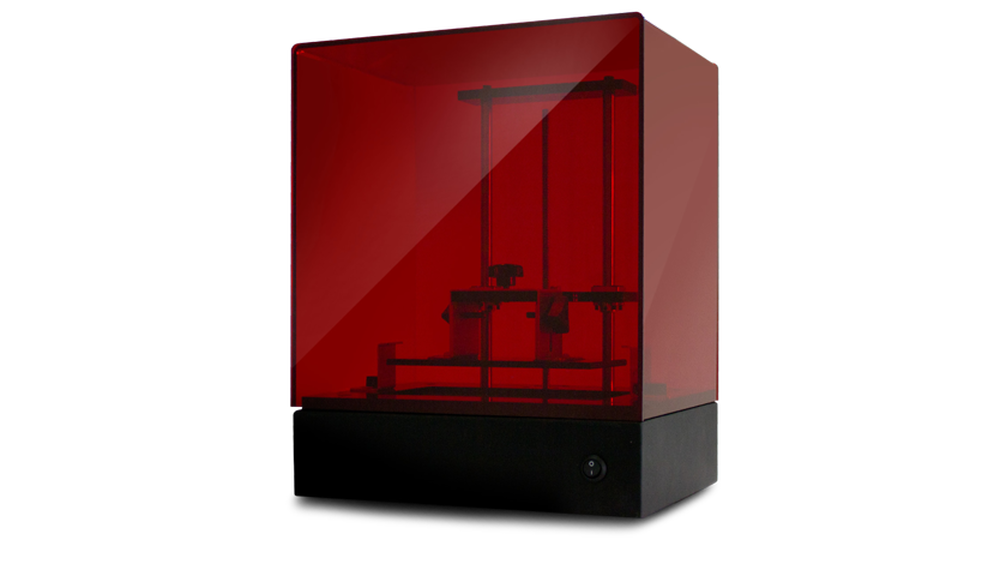I had the pleasure to meet with David Hanson, 3D developer at PhotoCentric, during last week’s iMakr Desktop 3D Printing Show in London. David shared his passion for their new and affordable daylight photopolymer 3D printer and the future plans for PhotoCenric3D.
PhotoCentric3D: 13 Years of Experience in Photopolymers
Paul Holt founded PhotoCentric in 2002 in Peterborough after 7 years at a medium-sized chemical manufacturer. The company produces innovative photopolymers for the printing industry. It employs 75 people, 50 in the UK and 25 in the USA. In 2013, Paul saw an opportunity in the 3D printing market for an affordable resin 3D printer. After 2 years of development, PhotoCentric revealed the first daylight photopolymer 3D printer in November 2015.
The Vision: an Affordable yet High Quality 3D Printer
Paul Holt started PhotoCentric in 2002 to solve a simple problem that many printing plate manufacturers were facing. The innovative solution patented by Paul made the resin easier to handle. Paul’s curiosity, analytical background, and pragmatic approach have been key in defining his vision for a new 3D printer. Paul was looking for an elegant solution to manufacture a resin based 3D printer. The simplicity of the solution should help dramatically reduce the cost to manufacture the machine, opening up the market to a much larger audience. “Simple is beautiful” in the eyes of Holt.
The Product: The Liquid Crystal 3D Printer from £449
Central to the Liquid Crystal is the patent-pending Daylight Polymer Printing Technology. By combining a high resolution LCD screen and a specially formulated polymer, designers, engineers and artists can now produce large volume prints at a fraction of the cost of other 3D printers. PhotoCentric plans to start shipping its 3D printers in April 2016. Two models are available: the LC Mini for £449, and a larger model, the LC 10’’, for £699. The machines are only compatible with daylight resin, which comes in a variety of colors.
Future Plan: Faster – Bigger
During the interview, David explained to me that the initial focus has been to manufacture a resin 3D printer that gives good results at a fraction of the cost of popular machines, such as the B9 3D printer. Initial feedback from early testers has been positive. David understands the demand for faster machines that can print larger objects. The R&D team is focused on satisfying this demand. Currently PhotoCentric is testing a 17’’ prototype and a 40’’ prototype. Future developments are expected to improve the precision, the speed and to make standalone printing possible.




